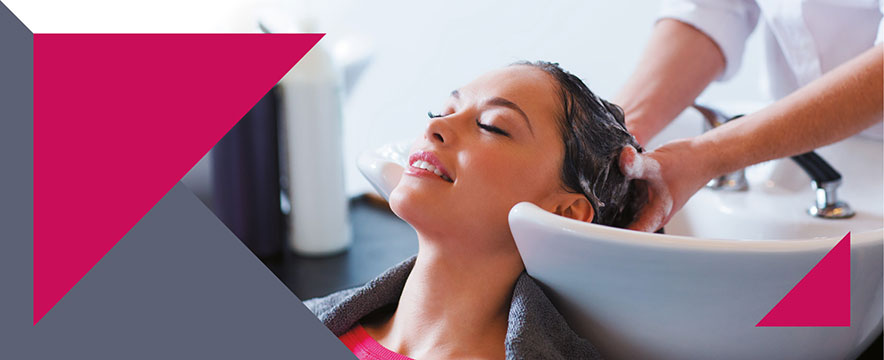BEAUTY SALON
Zero waste: the new global trend for beauty and personal care

Attention to the environment and sustainability has become more than a trend. It has turned into a real movement that calls for action in all sectors, including that of beauty.
In his report Sub-Zero Waste Mintel speaks clearly: the well-known international market research agency has identified the absence or maximum reduction of waste as the global trend for 2019. An orientation that involves all productive sectors, including that of beauty and personal care: beauty actors must move to a new paradigm in terms of sustainability and waste.
According to Mintel, in fact, the realities that today neglect to invest in solutions oriented towards this direction will be destined to remain behind in the long term. A strategy that must also develop the hair salons because, thanks to their direct contact with customers, they can make the difference.
"Quick" beauty is slowing down
Beauty and personal care consumers (BPC) today are looking for simple and essential beauty routines, in line with a more portable and natural ideal of beauty. Therefore, they want to move in areas where certain values are respected.
In this context, being sustainable for hairdressers does not mean compromising the quality of the service offered in the salon or reducing its perception of luxury, rather it means innovating and offering intelligent upcycling, recycling and reuse solutions. It means treating and strengthening the relationship with its customers, helping them to accept this change in their lifestyle and providing them with the right information.
How to become part of this change
Consumers today pay much more attention to their impact on the planet. Accompanying them in bringing this same attention to the entire beauty and personal care supply chain will allow hairdressers to become promoters of a lifestyle without waste in the round, becoming a reference point for ethical and sustainable conduct.
How? Embracing change first, through a series of solutions in the salon that communicate sensitivity to these issues. For example, training all the staff on the importance of adopting sustainable practices:
- favor the separate collection of waste in the salon by placing the appropriate bins in comfortable and easily accessible areas;
- reduce water consumption by applying the appropriate reducers to the taps or optimizing the loads of clothes washing machines and towels used in the salon;
- intervene on electricity consumption by installing LED lamps and setting up the equipment without stand by.
Those owners who can engage in investments of greater scope can modify the lighting, heating and water distribution systems by applying home automation criteria, as well as choosing to renovate the salon using eco-sustainable and low-impact materials.
These are all gestures that become important value statements for the construction of the image of a salon, as well as driving force and inspiration for the customers as well.



